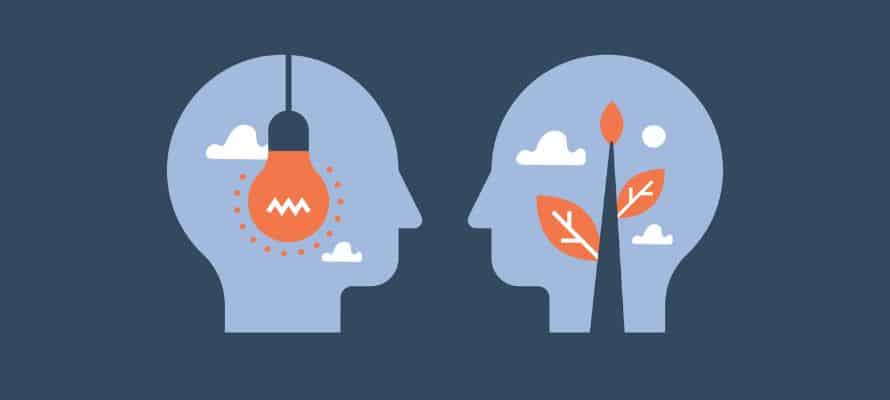Modern workforces need modern tools to connect and engage our employees. We created this editable empathy map template to help you learn more about your employees, their needs, and how to reach them during a company crisis or major change.
What is an Empathy Map?
An empathy map is a tool used to gain a deeper understanding of a specific group. It is a visual representation of the thoughts, feelings, needs, and behaviors of individuals within that group.
The Empathy Map typically consists of four quadrants to help you understand your target audience:
- What they say. This includes direct quotes, phrases, or expressions the group uses to describe their experiences or challenges.
- What they think. In this quadrant, you map out the thoughts and inner dialogue of the target group. It involves understanding their beliefs, fears, motivations, and goals.
- What they feel. This is all about the emotional experiences of the group, including their emotions and reactions to situations.
- What they do. The last quadrant focuses on the actions and behaviors of the target audience. It involves observing what they do, how they behave, and the decisions they make.
The Benefits of Using Empathy Maps
By creating an Empathy Map, you can gain valuable insights into the target audience’s needs, pain points, desires, and aspirations. As a result, you’ll see a positive ripple effect in how you make decisions and communicate.
- Improved employee experience. Understanding your employees more thoroughly will help you cater the employee experience to them. This includes training, career paths, support systems, and even the technology you provide.
- Enhanced communication. It’s hard to truly target communication to a group if you don’t understand their needs and frustrations. Empathy maps help close that gap.
- Better decision-making. With a comprehensive view of the audience’s wants and challenges, you’ll make more informed decisions about product development, marketing strategies, and internal communications. This leads to solutions that are more likely to resonate with the target audience.
- Reduced assumptions and biases. When you take the time to research and interview your workforce, you’ll reduce your bias and the generalizations we make about people. This will help you with your diversity and inclusion initiatives and help provide a more equitable experience for your teams.
How Empathy Maps Help With Company Communications
Empathy maps can be invaluable for company communications to employees in several ways:
- It helps put the audience first. We know our employees are the backbone of any company. But using empathy maps to drive how we communicate helps us actually put our employees first.
- Boosts engagement with content. Communication that aligns with employees’ emotions, interests, and aspirations is more likely to capture their attention and encourage them to engage. Empathy-driven communication also fosters a sense of workplace belonging, leading to higher levels of employee engagement.
- More effective change management. During periods of change, empathy maps help communication teams understand how employees might perceive and react to the changes. Armed with this knowledge, you can craft change management communication plans that address potential resistance and concerns, promoting a smoother transition.
- Increased trust. When we can communicate more empathetically, we naturally start to build trust. We prove to employees that we care about their wellbeing and experience, which improves our culture, brand reputation, and retention rate over time.
Overall, empathy maps enable internal communication teams to approach their role with a deeper understanding of employees, leading to more impactful and meaningful communication that strengthens the connection between the workforce and the organization.
What Our Empathy Map Template Includes:
- Context on what an empathy map is and how to use it
- An example of how an empathy map could be used to communicate during a merger and acquisition
- An editable empathy map template

